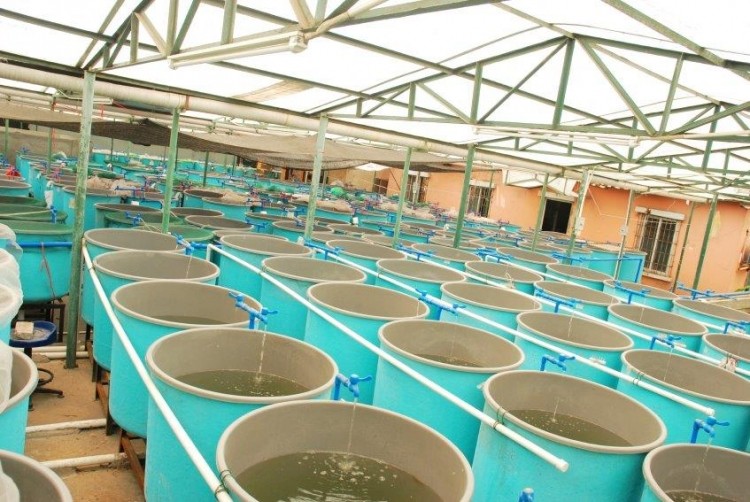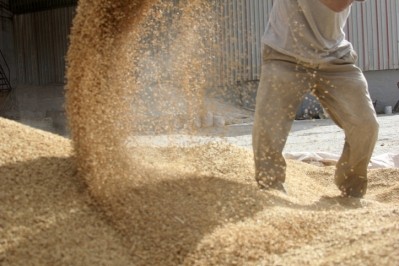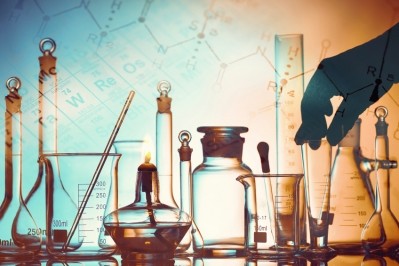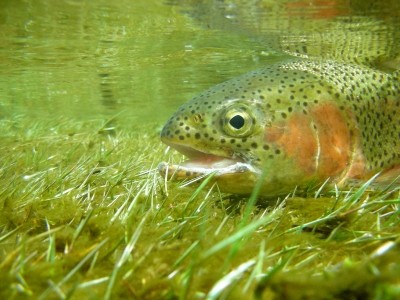EPA grant supports waste to fish feed project

A group of researchers and students at California State University, Sacramento (Sacramento State) has been working to create a system that turns organic waste into feed fish and that can eventually be used to produce human food, said Dudley Burton, professor emeritus in the environmental studies department.
“The overall idea is to combine food waste, green waste and brown waste – bio-waste – into forms that can be reinjected into the food system,” he told FeedNavigator. “We do that by growing earthworms and soldier fly larvae and feeding those insects to fish in the aquaponics system and using the fish excrement to feed plants.”
What is Aquaponics?
Aquaponics is combining together the cultivation of plants in water and fish farming. According to California State University, Sacramento, it involves utilizing fish excrement in a closed system to feed plants, whereby the plants take up nitrate converted from the fish ammonia by bacteria: "Waste from one being food for another is multitrophic, and is where aquaponics gets a leg up in sustainability when compared to conventional growing. The other major sustainable factor of aquaponics is it being a closed system. Closed system means no water lost to the ground, and less evaporation. Power needed for pumping groundwater can be costly for a conventional farmer. While aquaponics grows organic plants and fish using 2-10 percent of water used by a farmer growing plants in open ground. Aquaponics also has potential to save money by using less space, flexible locations, and grows plants faster."
The team, which includes Brook Murphy, lecturer from the department of environmental studies and biological sciences, recently received a $15,000 P3 grant from the EPA to support the project, he said.
“We’d worked on applying for the grant two years ago, but we weren’t ready,” he said. “So when this grant cycle came along we were ready, though incomplete in term of implementation of the prototype.”
Project details
The project has been in the works for several years at Sacramento State, said Burton. It grew out of interest in innovative food production systems.
“Both my colleague and I have been interested in fish for a number of years and we have close associations with people in the aquaculture business,” he said. “So finding ways to feed fish not using ocean derived resources is a significant issue, and there’s been a growing interest in the quantity of food waste. This is trying to put the pieces together.”
The group collects pre-consumer waste products like trimmings or peelings and composts the material to raise earthworms and insects that can be used as fish feed, he said. The group has been raising bass, bluegill and catfish.
Each tank uses about 250-270 gallons and may have 40 to 50 one pound fish, he said. Maintaining the correct environmental conditions and accounting for ammonia production and nitrogen are some of the considerations.
“We need to be searching for ways to produce more protein based feed supplies and crop species that are economically efficient,” he said. “Fish, being cold-blooded, are better feed converters than all land animals.”
The insects take about two or three months to develop and earthworms can take about six, he said.
They are raising insects to better balance the fish feed, he said. “We’re still working out some of those [feed] issues, because earthworms do not have a complete nutrient profile for fish,” he added.
The group has been working with students in multiple fields and members of the community, he said. “That’s part of our purpose, to use this as an educational opportunity and demonstrate to the campus and community these principles of using waste materials and producing high quality nutritional food,” he added.
Next steps
Currently, the research team still has some challenges to address said Burton. “Now we are building a larger, commercial-scale greenhouse to house the plant growing,” he added.
They also are examining ways to include post-consumer food waste in their fish feed production cycle, he said. But, there are several complications where the process has to be further developed, including separating waste items.
There also are some questions regarding bringing the system up to a production scale, he said. “The characteristics of food waste are such that it makes sense to do some of this on a local scale,” he added.
The process could be used to offer food production opportunities to people who used to work in agricultural businesses but who have been displaced, said Burton. “That’s a part that we’re particularly interested in at the moment,” he added.
The group has been looking at designing systems for low-income areas where the setup could be used to provide food for growers and their neighbors, he said.
An additional outgrowth of the project may be to offer it for use in other countries, said Burton. “Systems can be developed for extremely cold or extremely hot climates, and we’re interested in using the idea for food supplies for the Middle East or Latin America where protein supply is an issue.”








